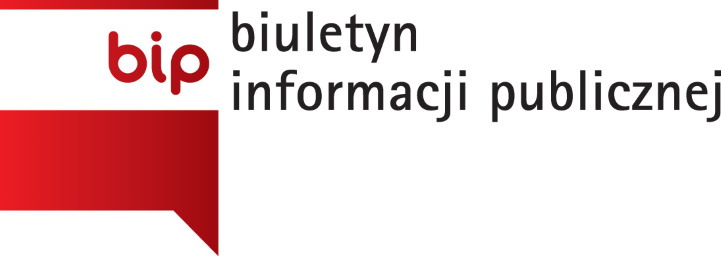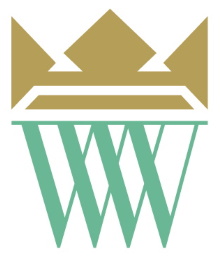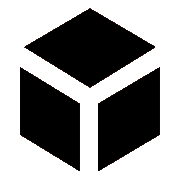Three-dimensional models of sculptures on your computer. Take a look!
It is very difficult to make the results of three-dimensional documentary work widely available to the public due to technical constraints. Three-dimensional models with a high level of detail involve large amounts of data; therefore, it is very difficult to show them via the Internet. That is why we are all the more pleased to be able to present to you at least a part of the results of the work carried out as part of the “Development of three-dimensional documentation of the collection” task.
This task includes three ranges of activities, carried out on completely different groups of objects. One of these groups is a complex of ceramic sculptures from the collection of bisques from Wilanów. Twelve objects selected for the project are to be digitally scanned by mid-2019. The Warsaw University of Technology, which is carrying out the task, has already completed measurement works on six figures. These sculptures are scanned by means of robotic measuring stations, using the three-dimensional scanning technique with projection of light patterns (so-called structured light scanning). It allows for spatial documentation of very high quality to be obtained. Suffice it to say that the geometry of each square millimetre of the surface of the measured objects is described by more than 2,500 measurement points. Any scratch on the object’s surface that is wider than 0.04 mm will be recorded by the scan.
The direct result of the work, which constitutes the so-called perpetual documentation, is a model in the form of a very dense point cloud, containing all the information recorded during the measurement. Unfortunately, data of this quality cannot yet be presented in a way that is generally available on the Internet. The problems here are too much data, hardware constraints (high demands on the end user) and the need to have specialized software. Therefore, in order to meet the expectations of our customers, we tried to find an opportunity to present this type of models in an accessible way. The solution was the Sketchfab service. The three-dimensional models published using the service can be viewed on practically all types of computers, and even on more powerful smartphones. The next step was to develop a path for processing data from the model in the form of a high-resolution point cloud (the size of the model is about 40 GB) to the model in the form of a triangular grid, simplified many times, which can be visualized in Sketchfab (the size of the model is about 80 MB).
We now have models for the first two bisque sculptures prepared in this way: Vestal Virgins (Wil. 491) LINK and Girls with Sheep (Wil. 494) LINK. Each of them consists of four million triangles, which means a simplification of several dozen times in relation to the initial data. In this way, we intend to make available (free of charge) models of all twelve bisques whose three-dimensional documentation will be prepared as part of the “Restoration and protection of the symbol of the Polish cultural heritage – the Museum of King Jan III’s Palace in Wilanów” project. Enjoy your viewing!
Information on viewing models on Sketchfab:
After loading the model, you can change the way it is illuminated by moving the mouse with the left button pressed (while pressing the left “Alt” key on the keyboard) and rotate it freely by clicking and holding the left mouse button. Distance and zoom of the model is achieved by turning the scroll wheel on the mouse.
Additionally, after choosing the third icon from the left (“Model inspector” icon) on the bar visible in the lower right corner of the window, using the second icon from the bottom (“Wireframe” icon) will display the model in the form of a grid of triangles.

suggested

Installing a ventilation and air-conditioning system in the 3D Exhibit Rendering Office in the Orangery basement
Installing an air-conditioning system in the Orangery basement ensured strict control over temperature and humidity levels in three independent sections …

3D documentation of selected collections
The project “Rendering the Palace collections in 3D” covered two different categories of activities carried out on two distinct groups …














